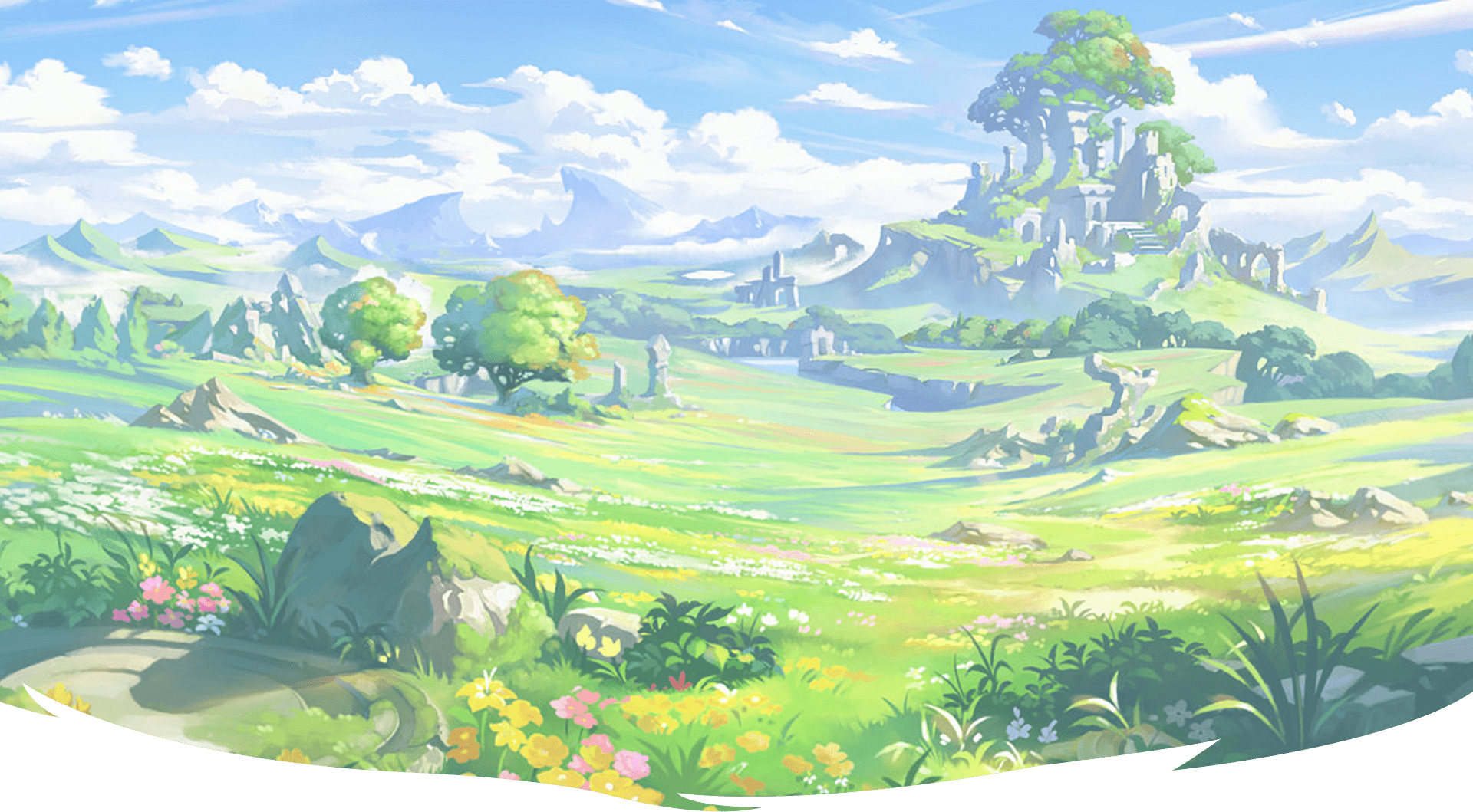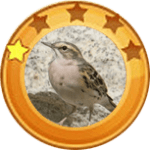- Home
- Shop
- Forest Series
- Grassland Series
- Desert Series
- Contact
- Home
- Shop
- Forest Series
- Grassland Series
- Desert Series
- Contact






COOL LAMBORGHINI ROADSTER
Our stylish Lamborghini Sian ride on car is officially licensed with awesome look and practical functions that is attractive for every kids. It’s an ideal gift for kids of 37-95 months.
SAFE & COMFORTABLE DRIVING
Our ride on vehicle is equipped with a 3-point safety belt that can best protect your kids when driving. Besides, 4-wheel spring suspension also ensures stability and security when riding on various terrains.
MANUAL & REMOTE CONTROL
Remote Control: Parent can operate the ride on car with remote control if kids are too young. Manual Mode: When growing up, kids can drive the car by themselves through foot pedal and steering wheel.


CHARACTERISTICS
The Chipmunk is a member of the family Mammalia, Rodentia and Sciuridae. It is also known as the Striped Squirrel, the Timber Tiger and the Mini-bear. The body length among most Chipmunks ranges from 5.5 to 6.3 inches and the tail length is 5 Inches. Chipmunks typically weigh about 0.02 pounds and live about 5 to 10 years. They have small but prominent ears which face forwards, and small eyes on the sides of their heads. Most wild Chipmunks are lively.


Lorem ipsum dolor sit amet, consectetur adipiscing elit. Ut elit tellus, luctus nec ullamcorper mattis, pulvinar dapibus leo.


CHARACTERISTICS
The Rosy Pipit is a species of bird in the family Motacillidae. They have distinctive long and broad supercilia, brownish-gray wings with greenish edges, a long brownish-black tail, and a gray-brown crown. Their upper belly is different, showing pink without streaking in breeding while white with heavy blackish streaking in none breeding.

RANGE AND HABITAT
The Rosy Pipit is commonly found in Afghanistan, Bangladesh, Bhutan, China, India, South Korea, Myanmar, Nepal, Pakistan, Thailand, and Vietnam.

DIET
The Rosy Pipit eats insects, seeds and berries. They forage on the ground and pick food items from the ground surface or low vegetation. They also ingest grit.

BEHAVIOR
The Rosy Pipit breeds on alpine meadows and boulder-strewn grassy slopes, patches of melting snow and on marshy or waterlogged ground. They winter in foothills and on plains on short grassland, often near water, and in marshy areas and paddy fields. They are usually in pairs or small groups of more than 10.
The Rosy Pipit breeds from May to Aug. In display-flight, the male rises into the air and sings, descends slowly on outstretched wings. The nest is a cup of grass, lined with finer grass and some hair, built in depression, made by the bird itself, under a rock or tuft of grass. They lay a clutch of 3-4 eggs. The neat is parasitized by cuckoos.

The Chipmunk is a member of the family Mammalia, Rodentia and Sciuridae. It is also known as the Striped Squirrel, the Timber Tiger and the Mini-bear. The body length among most Chipmunks ranges from 5.5 to 6.3 inches and the tail length is 5 inches. Chipmunks typically weigh about 0.02 pounds and live about 5 to 10 years. They have small but prominent ears which face forwards, small eyes on the sides of their heads. Most wild Chipmunks are lively.
The Red Squirrel, a member of the Sciuridae, is an arboreal, omnivorous rodent often referred to as a Forest Seeder and folklore as the Devil King Squirrel.
The Arizona Gray Squirrel, also known as the American Gray Squirrel, is a member of the family Rodentia and Sciuridae. It is small in size, with gray fur and a belly between white and cream. It has long ears, no tufts of fur and a fluffy tail edged in white. The body is about 16-20 inches long and weighs up to 1.4 pounds.
The Rock Squirrel, also known as Sao Maozi or Stone Mouse, belongs to the rodent and is a species in the family Sciuridae. The most common natural predators of the Rock Squirrel include bobcats, owls, eagles and snakes. Though the Rock Squirrel is cute, alert, and courageous, it is still considered a pest due to its habit of destroying crops.
The Abert’s Squirrel is a member of the genus Sciurus with a body length of 18-22.8 inches, a tail length of 7.5-9.8 inches and a weight of 2.2 pounds, and can live up to 10 years in the wild. Its most distinctive feature is tassels of fur about 0.8-1.2 inches long at the tip of its ears, which looks very interesting. In addition, it is alert and agile.

The Story of the Golden Pipit and The God Shot
It wasn’t your typical game drive in that we only had two other passengers in the open-top game vehicle. The very polite German ladies in the back, Rafaela and Janine, didn’t seem to mind that we continuously yelled to Trent, the Game Ranger, to stop the vehicle while we pointed out yet another tiny little bird flitting from bush to bush. And it was starting to rain. Which is uncommon, but welcome in Zululand at this time of year. It is safe to say, that over the years my interest in birding has grown and I am fully aware that it falls in the obscure in terms of hobbies, very much like an obsession with coffee. This label has failed to deter me from how it has changed any trip into any sort of wilderness into an adventure and similarly any new coffee experience into an adventure. So we kept our eyes peeled as this particular wilderness offered forth so many beautiful birds. Then it happened.
“It’s a Yellow throated Longclaw”, Mel yelled pointing into the grassland. “No it isn’t, that bird is in a bush, not on the ground” I growled back in the heat of the moment.
“There are two birds there!” Trent intervened gracefully. And so there were, one easily identifiable as a yellow throated Longclaw because of its longish legs, slender body and the clear black marking around its yellow throat. Next to it, on a branch in a low bush, another bright yellow bird with what looked like a black ‘V’ on its chest. And so the debate about the Golden Pipit sighting ignited. And it didn’t stop, slowly engulfing everyone back at the lodge and even across the neighbouring game farms.
“The last time we had a Golden Pipit sighting here, we had people wanting to charter flights in from all corners of the country, in fact around the world” says Judy Veldman, our host at Bayala Lodge in Northern Zululand.
We had gone there to train the staff in basic coffee discourse, and now here we were – caught in the mother of all seasonal storms and an even larger deluge on tiny birds with yellow and black markings. Like coffee people, birding people (or “Twitchers” as they are known) are very particular, bordering on obsessive. The bush is a deeply sacred and precious resource that pretty much every South African intuitively understands and respects, yet everybody is on their own journey when it comes to what they enjoy about the bush, and similarly about the coffee they enjoy while in the bush.
“Ten years ago this place was hunting lodge.” Says Bayala Head Ranger, Dave Fisher, “The brandy and coke brigade were a rough bunch but thankfully things are changing and we’re evolving along with the shift to eco-tourism” he says.
Bayala was rated the highest 3-star accommodation in South Africa last year, and while the torrential rains bucket down across the thirsty Zululand veld, a fresh busload of Dutch tourists pile into the lodge, chattering away and snapping photos of the authentic African features while sipping on their welcome drinks.
“If you want to be the best accommodation in your category, you have to serve the best food and the best coffee” says Dave. At this moment, Phume, one of the service staff gets an order for a cappuccino. She’s punching buttons on the Jura machine and a few seconds later she serves he guest a typical layered cappuccino and chalks it up to the guests room number. “We’re not there yet, but we want to be. We know how important it is to people and we try to give them the best experience we can”
And sometimes the best experiences do come from people who are slightly obsessive. To be fair, we didn’t totally hijack the game drive either. We saw lovely rhinos, giraffes, antelope, elephant and even hippo in the dams, which were initially more significant to our German friends in the back, who hadn’t seen rhino before and were understandably freaking out with delight. But after several hours, and several hundred stops to look at birds, along with the replaying of the call, showing the German’s the bird in the Field Guide and chatting a bit about the birds we’d seen with them, they were really grateful for something different and some insights garnered from years of guiding and looking at birds.
In many ways, our love of coffee and birding mirror each other. There are so many different, amazing coffees out there and so many ways to brew them! There are approximately 850 recorded species of birds in Southern Africa, and around 700 resident species. Each coffee brewing adventure is unique, as is every sojourn outside to look for birds. The fact that they go together so well is wonderful!
I’ve been talked down about the Golden Pipit sighting. I concede that it probably was just another yellow-throated longclaw sitting alongside his mate, feathers puffed out from the rains that caused all the excitement.
I’m a long, long way from both seemingly unreachable utopias of the Golden Pipit sighting and the God Shot, but, in a way I’m kind of glad about that.



Follow Us: